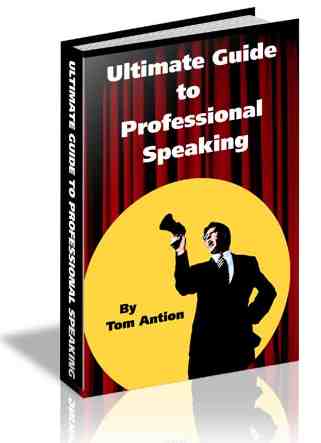 Transitions Most books on dynamic public speaking will tell you to be a polished
speaker you have to tie all your information together so it flows
smoothly. You must lead your audience and alert them that slightly
different, but related information is coming. This is called
transition, or segue (pronounced seg-way). LET ME STATE RIGHT NOW THAT I FULLY BELIEVE SMOOTH TRANSITIONS ARE A NECESSITY IF YOU WANT TO HAVE YOUR AUDIENCE MEMBERS SO BORED THEY FALL RIGHT OUT OF THEIR SEATS AND SMASH THEIR HEADS ON THE FLOOR. Come with me to the amusement park. Look around a little bit and tell
me where the excitement is. Of course, it's over on the roller coaster
where transitions are sharp. They are sharp and exciting even though
you can see them coming. The excitement isn't over at the kiddie choo
choo train (notwithstanding, the excitement you might feel watching
your little munchkin on there for the very first time) where turns and
motion are mild so the little ones don't get too upset. The excitement
is also at the bumper cars where you can get blind-sided because cars
are coming at you from all directions. The excitement isn't at the
baby boat ride where a 2cm wave would flip your little bundle of joy
out of the boat.
That awareness should be incorporated in to your dynamic public speaking skills. OK, I'll admit, some thought should be given to transition, especially with older,
more traditional audiences, and when you have a very high content
presentation. But you don't have to be a trite, snoozer by saying
things like, ." . . speaking of bananas. I'm now going to talk about
bananas." You could, however, do a segue like that and then make fun of yourself
for doing it by saying something like, "Don't you think that transition
was really smooth?" Transitions are one of the places where you could plan to use some
humor. This works well with technical audiences because they won't
feel you are wasting their time. Since, in their minds, you are
REQUIRED to do a transition anyway, it's OK if it's funny. As you master these dynamic public speaking skills, you will learn that segues
aren't important at all for 85 percent or higher humor content
presenters or stand-up comics. You can just speak away and as long as
they are laughing, no one much cares about transitions. If you are not
in this category, then you can begin paying a little attention to
bridging the gaps between your points and topics. Just don't be trite
and don't think you have to say something to make the transition.
A presenter with good dynamic public speaking skills does not demand a transition. You can make transitions by changing stage position, pausing, using
visual aids, giving out a handout, picking up a prop or sharply varying
the sound you make come out of the public address system. Do anything
that breaks the pattern of what you were doing in the previous segment
and introduces what you plan to do. Dynamic public speaking skills involves
more than just the words that you speak. For verbal transitions, one-liners, anecdotes, and questions work well.
Also, people seem to like and need recaps, so I am in favor of saying
things like, "To recap this section . . ." When exercising your dynamic public speaking skills, whatever you do, think in terms of roller coasters and bumper cars so you keep your audience excited and alert all the time.  |

Like this site?
Bookmark Now!
(Control-D)
Tell a Friend!
Email This Article





|